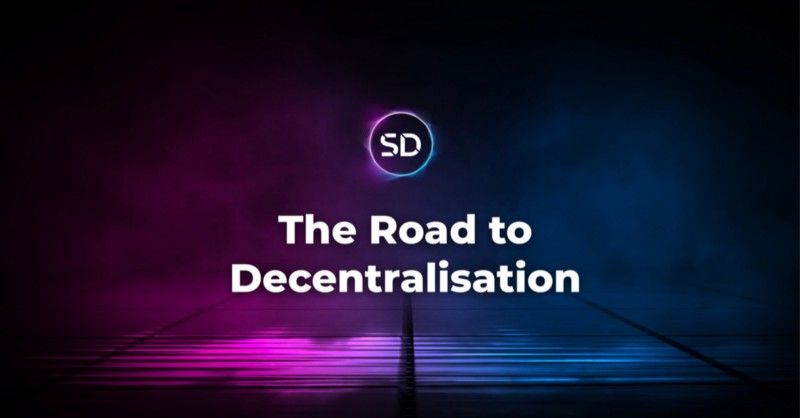How does Stader help promote decentralisation on Terra?
Home
Blogs
Terra 2.0
How does Stader...

How does Stader help promote decentralisation on Terra?
(and how you can benefit in the process)
Did you know that the top 30 validators on Terra accrete 70%+ of all the staked Luna? Did you also know Terra has a low Nakamoto coefficient? The Nakamoto coefficient tells you the minimum number of validators that can collude to shutdown a network, and in the case of Terra, it’s less than 10.
At Stader, we are eager to help promote decentralisation on Terra. We believe it can be done by adding value to the 3 key stakeholders:
- First and most importantly, by creating staking indices/pools with multiple validators, stakers will spread their $LUNA. This will automatically decentralise the ecosystem.
- We also want to make staking easy for delegators. This will be achieved by enabling discovery and access to multiple staking products and governance on a single platform.
- Finally, our mission is also to support good-performing validators to get the right visibility and delegations. All of this while enabling them to create infrastructure/tools to create attractive propositions for delegators.
At Stader, we take this mission very seriously. That’s why we’d like to clear out some key areas of concern that you may have.
1. Validator indices
Stader will have multiple PoS validator indices. Post launch, an important step in the product roadmap will be to expand the number of validators in an index as well as the number of indices. Why? This will help disperse the stake and provide a choice among different indices to delegators. We believe there can be more than 20 indices in the long run and potentially over 100 validators in each index.
2. Validator selection
In the short term, the composition of a validator index will be decided by the team. It will be done along with consultation of the Stader community on Twitter, Telegram and Discord. As we launch SD tokens, the decisions will grow to be more democratic via community voting.
3. Stader influence
A question that’s been quite popular among the community has been whether Stader will influence the voting and governance on Terra and other blockchains as it gains more prominence. One of the main areas on Stader’s product roadmap is to enable stakers to stake and vote on a single platform, i.e. Stader. Our goal is to make it convenient for stakers to do all things staking on one platform. That being said, we will completely refrain from influencing voting decisions of validators and delegators.
4. Stader and cloud service
Stader has been created keeping in mind DDoS-style attacks. Our platform will help prevent that on the cloud. We will categorise validators based on cloud infrastructure and the geography they are operating in. These could influence the indices of the future and delegators can delegate to these indices, helping with dispersion of stake even further.
5. Stader Labs and decentralisation
Stader aims to be as decentralised as it possibly gets. Currently, all of Stader’s key product roadmap decisions and policies are taken by the team in consultation with our community members. The idea is to progressively decentralise Stader protocol and let the community take control of governance and decision-making via voting.
It is becoming increasingly clear to us that the path to fulfill our mission is to create a generic staking infrastructure (like open-sourced Amazon Web Services for staking) that can be leveraged by third parties and protocols to build multiple staking products and solutions on Stader infrastructure. The fastest way to build this is via decentralising the Stader platform and empowering the community to build and govern the protocol.
Stay tuned across our socials for further updates on this and everything else regarding Stader.
Our Twitter Page
By:
Stader Labs
Join Stader’s newsletter
Get the latest updates, new DeFi strategies and exclusive offers right in your email box
Analytics
© Copyright 2023 Stader. All rights reserved.











